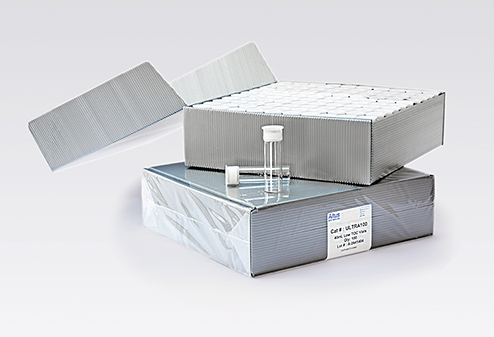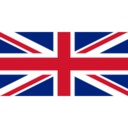TOC Sampling of Purified Water (PW) & Water For Injection (WFI) to minimise TOC & TIC contamination
Pharmacopeia requirements for Total Organic Carbon (TOC)
USP, EP, JP & CP all have nominal limits for Total Organic Carbon (TOC) in ultrapure water (UPW) & water for injection (WFI) of 0.500mg/L C TOC. This information can be found in the relevant chapters for each pharmacopeia:
USP Chapter 643,EP Chapter 2.2.44, JP Chapter 2.59 ,ChP Chapter 0682
Current purification technology typically produces water quality significantly below 0.500mg/L TOC, and TOC analysis often gives results below 0.100mg/L TOC.
Many facilities measure TOC both online & offline (in the laboratory). It is extremely difficult to achieve offline sample measurement as low as the same sample point measured with an online TOC analyser.
Sampling for offline analysis will give a higher result due to several factors, often contributing between 0.005 to 0.100mg/L C (5 to 100ppb TOC). Choice of TOC sampling vial can add as much as 0.100mg/L C TOC (100ppb TOC) to the offline measurement.
Offline Sampling Technique
When sampling ultrapure water (UPW) & water for injection (WFI) for offline analysis, it is important to ensure the sample is representative. Altus Science recommends the following measures to ensure your sample is as representative as possible of your water quality:
- Wear a clean lab coat (or other suitable protective clothing) and powder-free nitrile gloves when handling TOC sample vials. Do not remove the cap and septa from the vial until you are ready to take your sample.
- Rinse the sample valve prior to use, using a wash bottle filled with ultrapure water. Ensure any sanitizers, detergents or alcohols (VOCs) that may have been used to clean the valve previously have been removed.
- Flush the sample line sufficiently to remove contamination within the valve and clear any dead-legs. Flushing time will vary depending on the ID of the pipe and flow rate of the water.
- Adjust the flow rate to allow a laminar flow of sample. Sampling turbulent water should be avoided.
- If you choose to condition the vial prior to use, ensure this is done after the sample line has been flushed.
- Remove the cap and septa from the sample vial, taking care to avoid contact with the septa, the inside of the vial and cap, and the water with your gloves. Contact can cause contamination and significantly increase your TOC result.
- Sample by holding the vial approximately 1 to 2cm below the tap, at a 45° angle to the flow of water, avoiding contact between the tap and the vial.
- Replace the cap carefully, and secure.
Notes:
- Whilst it is necessary to remove the cap and septa from the vial during sampling, removal of the cap and septa in an environment with high levels of dust and/or volatiles should be avoided, as it is highly likely to contaminate the vial/sample.
- Minimise exposure of samples to the atmosphere to prevent the sample from absorbing organic and inorganic compounds. The atmosphere contains nominally 1,000,000 to 2,000,000µg/m³ (1.0 to 2.0mg/L) TOC, and 400,000,000µg/m³ (400mg/L) TIC from atmospheric carbon dioxide.
- Consult the analyser manufacturers fill level instructions. Some instrument manufacturers recommend filling the vial up to, and not above, the shoulder of the vial. This is to allow the needle to vent properly.

Sample Storage
To minimise atmospheric contamination, it is best practice to analyse test samples directly after sampling, however this is not always possible or practical.
If samples are to be stored for 24-48 hours, we recommend refrigerating the sample at 5 °C ± 4 °C. If you intend to store samples for a longer period of time, you may consider acid preservation of your sample in addition to refrigeration.
Selection of Vial
There are many options when it comes to choosing a vial. Typically, TOC analysers & their autosamplers accept 40ml borosilicate glass EPA Vials. These can be purchased at different levels of cleanliness, ranging from uncleaned to certified clean as low as <10ppb TOC. When sampling water for pharmacopeia compliance, it is crucial that background TOC is kept to a minimum and is of a known, consistent value. Using reliably Low TOC Vials helps identify contamination within your water loop & resolve “out of specification” investigations.
ULTRA-100 Vials from Altus Science are scrupulously cleaned & certified to <10ppb TOC in our ISO17025 Accredited Laboratory, giving you peace of mind that your background TOC when sampling is reliably & consistently low.
Contact us or one of our local representatives for more information on ULTRA-100 Low TOC 40ml Vials.
For other news posts, please visit our News Page.

